Essay wrtitten by Zsuzsanna Zsuró - recent MRes Art: Exhibition Studies graduate, Central Saint Martins.
Neoliberalism is the tendency which drives today’s socio-economical establishment on a global scale. With the implementation of neoliberalist policies many European countries paved the way to neoliberal hegemonies, with “truly ‘oligarchic’ regimes”. At the same time, recent years and COVID-19 brought about the realisation in people that the failure of system must be changed forever in order to serve society on a more equal manner and strive for civic aims. Against this backdrop, this opinion piece tries to unfold failure behind the established formation of traditional art institutions and looks on alternative & more sustainable frameworks applied on organisations of the art world.
In recent years the leading political attitude has been dominated by populism in many countries of America and Europe. Think of Donald Trump elected three years ago as president of the United States; Victor Orbán as president of Hungary since 2010; or Boris Johnson, elected for president of the United Kingdom in 2019. All represent a nationalist, conservative, and right-wing ideology with a populist attitude in their politics.
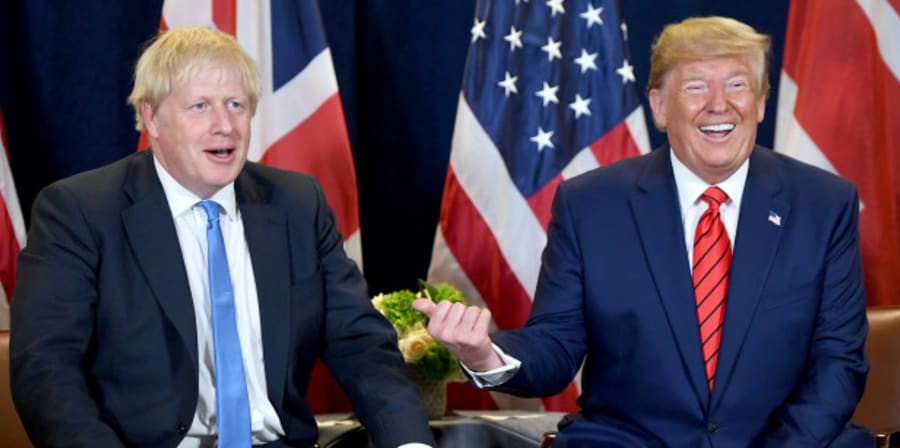
In parallel to this, culture policy has long been an asset of state politics financially and ideologically. Back in 2004, for instance, ‘New Labour’, treated culture policy as an active cohort in the transformation of society in order to elevate living conditions, and to enhance economics and production in the UK. Today, however, private and corporate funded cultural systems are predominant, museums and galleries being almost entirely subjugated to market interests. This attitude of management has recently led to the redundancy of a frightening amount of staff throughout London amidst uncertainties of a world pandemic.
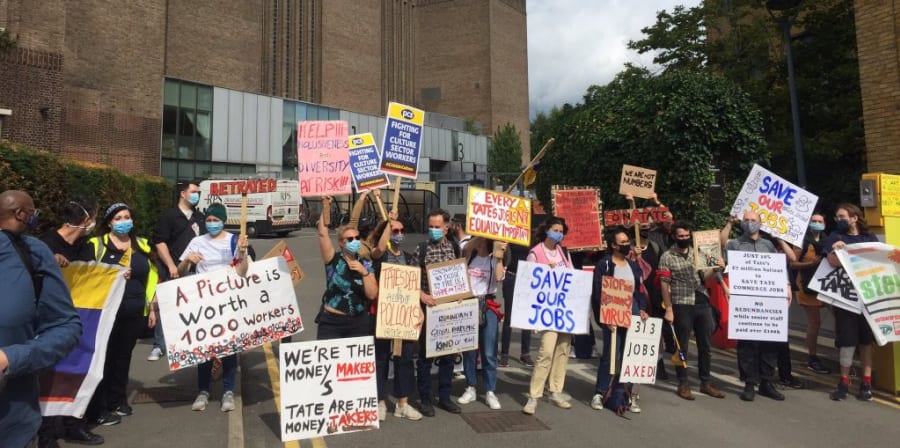
Nevertheless, an “infrastructure of dissent” seems to appear for the aspiration to create a new framework on which initiatives can confidently rely on. This is to block the feeling of constant uncertainty rooted in the austerity amendments made by populist parties to eliminate state funding for the arts. Non-government funded, socially engaged institutions & projects respond to the cultural crisis directly, and by giving alternatives to the official, they seem to serve as starting points of a multi-facetted solution.
Contemporary radical thinker, Gayati Chacravorty Spivak’s theory on affirmative sabotageis one effective way to goto solve inner discrepancies of the established cultural system. This is a form of sabotage done not on the remnants of a failed system, but using the tools of such structure, enter the discourse and “turn it around from inside”. According to the definition, professionals at traditional museums and galleries should be self-critical on their own operational mechanism and should consciously change its harmful habits of “protectionism”.
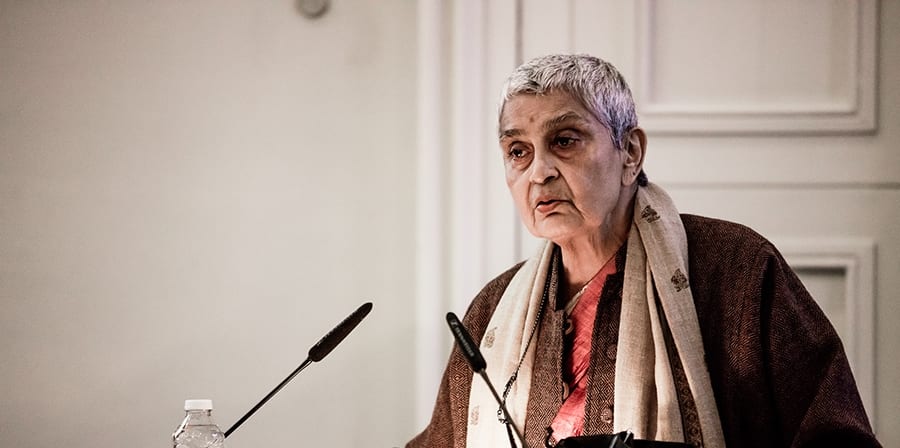
Describing his methodology as “propaganda work”, Jonas Staal’s participation-based projects implement this particular theory into practice. ‘Unionizing the Polish Parliament’ reflect a strong intention to actively intervene into current state politics with the aim to represent the voices of art workers on the level of direct democracy and in a unionised way.
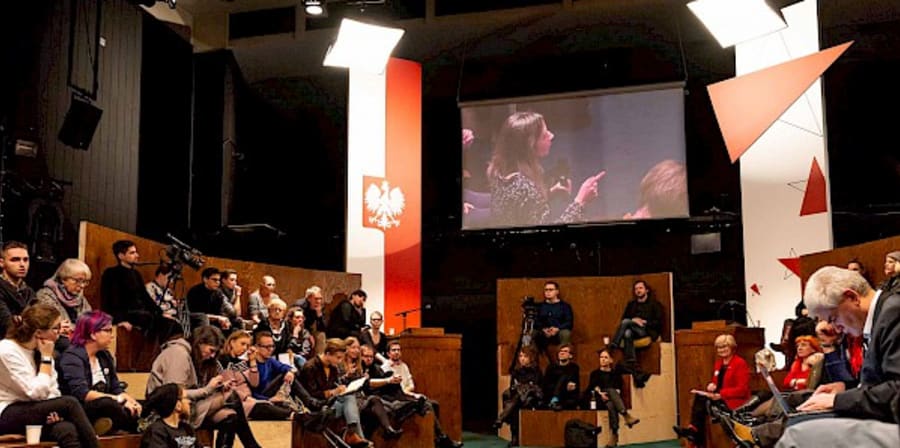
Political theorist Chantal Mouffe, in a wider neoliberal framework, claims that cultural policies in capitalist structures have become strategically important in recent years more than ever before. According to her, it is clear that populist parties use culture on their own good, as the best way to stimulate one’s soul is through culture. In this vein, intentions for good or bad, critical art can influence just as much as political parties do. Consequently, critical art could potentially mobilize affection in order to deepen democratic feelings instead of nationalistic ones.
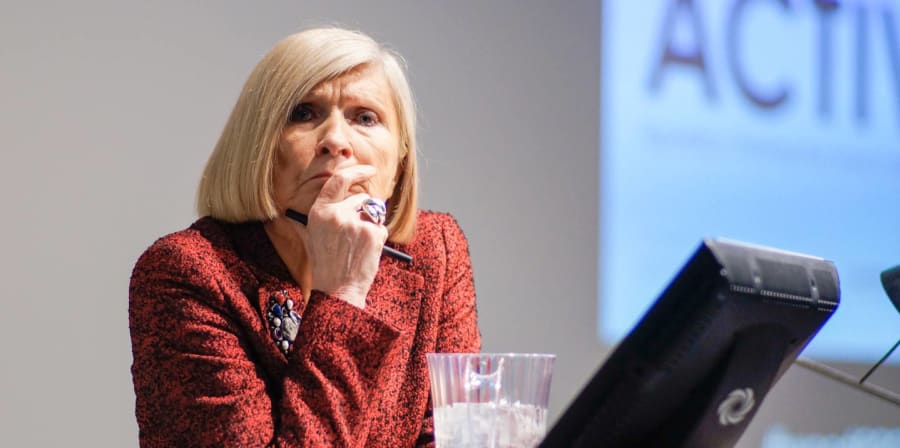
In this sense, an example from a post-socialist country, OFF-Biennale in Budapest, was marked as a success. Established in 2015 as a non-government funded series of art events to support local emerging artists as well as international cooperation and innovation, its bare existence was regarded as not only a protest, but a milestone in positive resistance. An action, rather than a passive attitude in the form of disapproval, founders of the project could make the audience to take steps towards an alternative solution on existing discrepancies in state culture.
Fostering a different kind of viewpoint, radical theories of Chantal Mouffe or Gayatri Spivak, once considered as conspiracy theories like ‘New World Order’, now therefore seem to be beneficial and necessary to implement in order to enter a new paradigm in the art world.
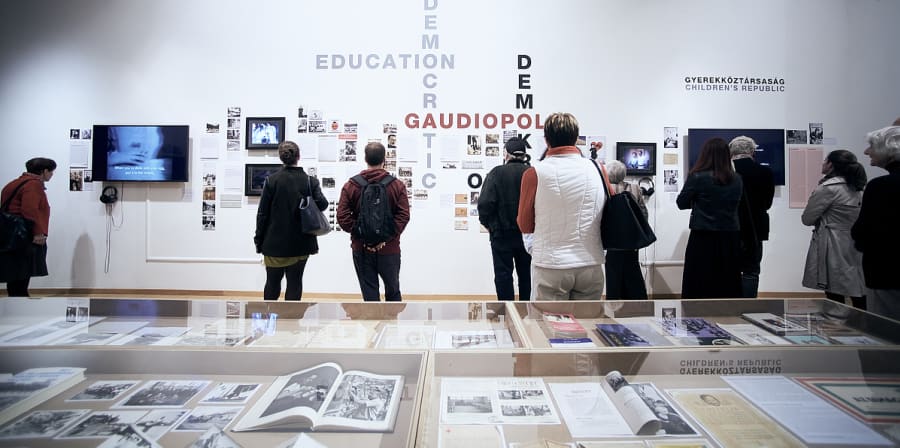
Post-Grad Stories
A thriving online magazine of our postgraduate student voices sharing thought-provoking experiences, practices, thoughts and articles about what matters to them.
Open Call: Student stories/shares during COVID-19 Outbreak
Want to write an article? Get in touch with the Post-Grad Community team PGCommunity@arts.ac.uk

